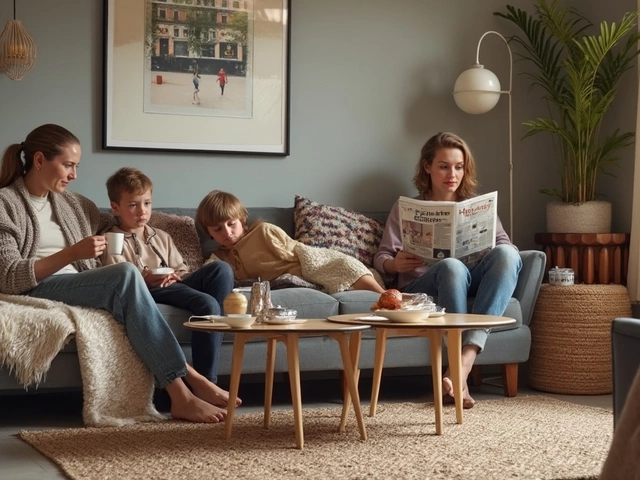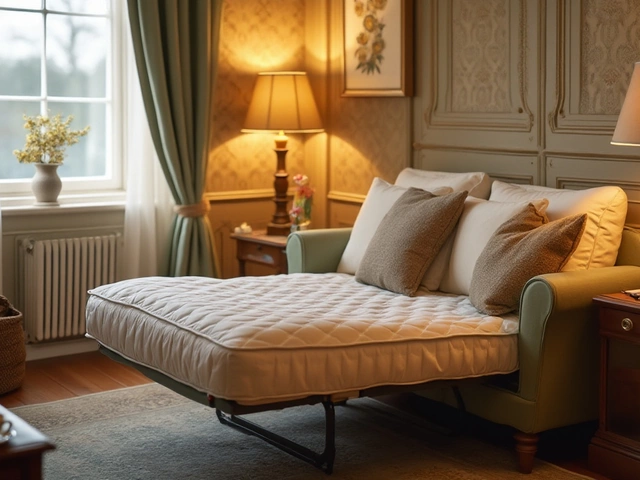Rodent Repellents: Simple Ways to Keep Your Home and Furniture Safe
Rodents love cozy spots, warm walls, and anything they can chew. If you notice droppings, gnaw marks, or a faint smell, it’s time to act before damage spreads. The good news? You don’t need expensive gadgets or a pest‑pro company to fix the problem. A few everyday products and habits can make your space unwelcoming for rats and mice.
What draws rodents into your house?
Food crumbs, open garbage, and even pet food left out are magnets for pests. Gaps around doors, windows, and pipes give them a sneaky entry point. Once inside, they look for soft materials—like the upholstery on a sofa or the stuffing in a cushion—to build nests. Understanding these triggers helps you choose the right repellent and block the route.
Natural repellents that actually work
Many homeowners prefer smells that rodents hate. Peppermint oil, clove oil, and eucalyptus are easy to find at a grocery store. Soak cotton balls in a few drops and place them in corners, under furniture, and near known entry points. Replace every few days for lasting effect. Another cheap option is to sprinkle dried mint leaves or crushed garlic around the perimeter of rooms.
If you have a garden, plant rosemary, lavender, or tansy near the house foundation. These plants release scents that rodents avoid, creating a natural barrier without any chemicals.
Chemical and commercial solutions
When a rodent infestation is already spreading, a commercial repellent may be necessary. Look for products labeled “rodent deterrent spray” that contain ingredients like naphthalene or picaridin. Spray along baseboards, behind appliances, and around cabinets. Always follow the label instructions and keep pets and children away during application.
For a more aggressive approach, you can use rodent baits or traps. Place snap traps or humane catch‑and‑release traps along walls where you see fresh droppings. Bait them with peanut butter, cheese, or dried fruit for a quick catch.
Ultrasonic devices—myth or miracle?
Ultrasonic repellers emit high‑frequency sounds that claim to drive rodents away. Some users swear by them, while others see no change. If you decide to try one, pick a model with a good warranty and place it in the most affected room. Remember, the sound doesn’t travel through walls, so you may need a unit for each level of your house.
Protecting your furniture directly
Covering fabrics with washable slipcovers can stop rodents from chewing directly on upholstery. Use leather or tightly woven canvas for high‑traffic chairs—these materials are tougher to gnaw. When storing cushions or extra chairs, keep them in sealed plastic bins rather than cardboard boxes.
Regularly vacuum and clean under sofas and beds. Vacuuming removes food crumbs and hides any fresh droppings, making the area less appealing to pests.
Preventive habits for long‑term peace of mind
Seal every crack bigger than a pencil width with caulk or steel wool. Install door sweeps and weather‑stripping around exterior doors. Keep garbage cans tightly closed and take out the trash before nightfall.
Inspect your home each month for new holes or signs of activity. Early detection means you can treat a small issue before it becomes a big mess.
Combining a few natural repellents with good housekeeping and simple sealing jobs gives you a solid defense against rodents without breaking the bank. Your furniture stays intact, and you won’t have to call a pest‑control service for a minor problem.



